
All You Need To Know About Gothic Style Architecture
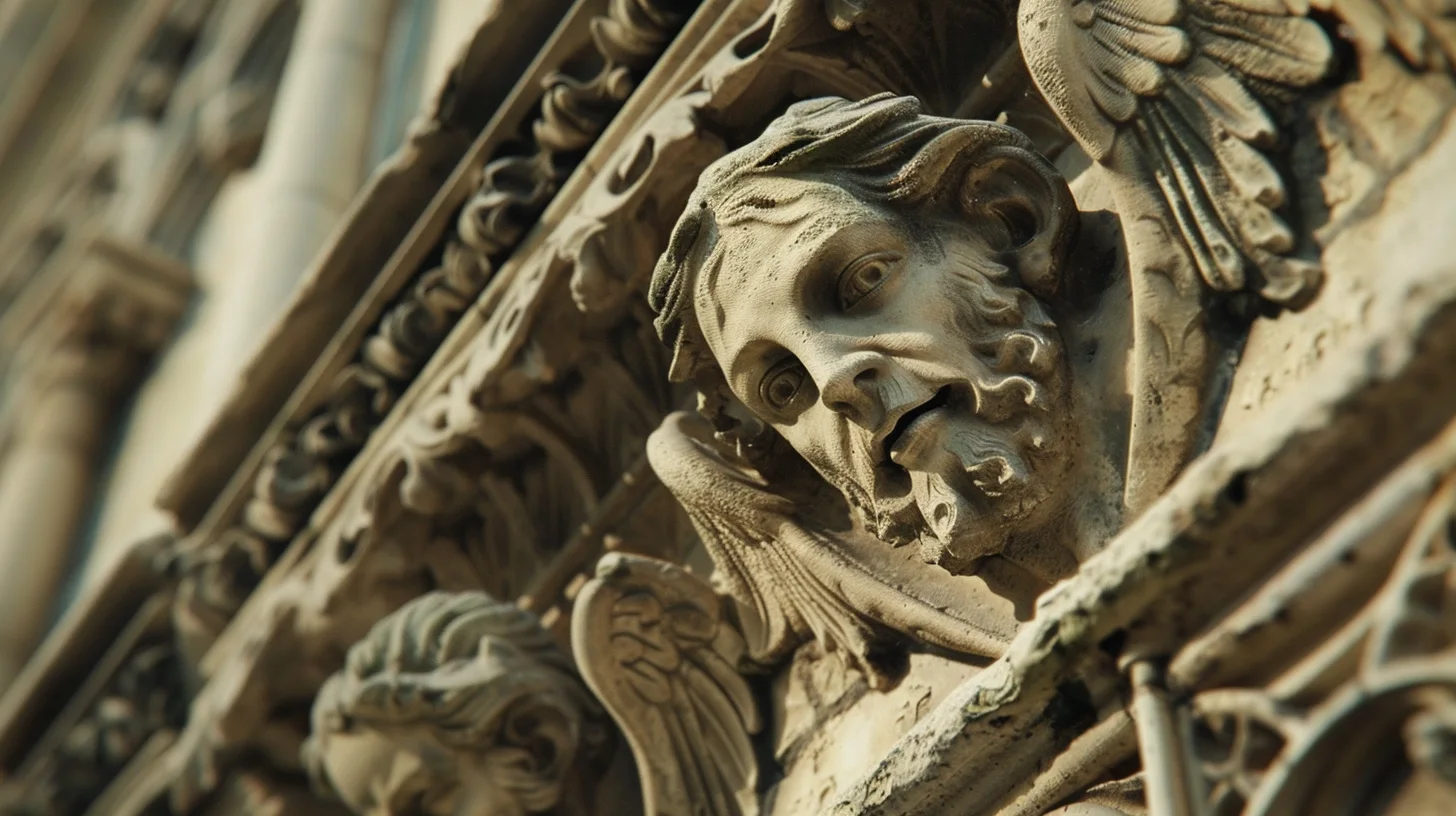
Gothic style architecture emerged in 12th-century France and flourished during the High and Late Middle Ages. It evolved from Romanesque architecture, adding revolutionary new features such as the pointed arch, rib vault, and flying buttress. These innovations allowed Gothic buildings to reach extraordinary heights and fill their interiors with light from expansive stained glass windows.
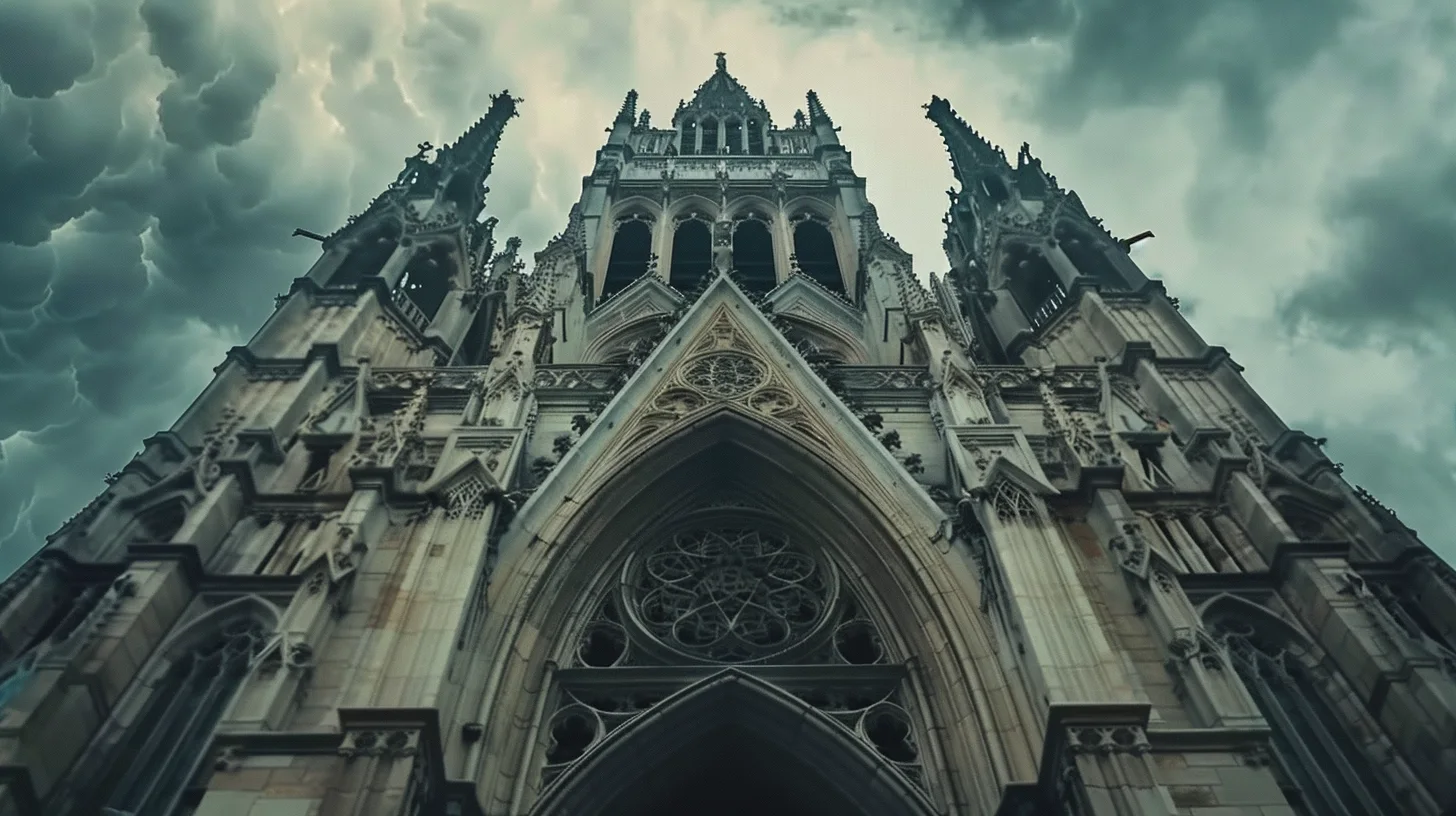
The Features That Came With Gothic Style Architecture
The Pointed Arch
The defining element of the Gothic style is the pointed arch, which was used for window openings, doorways, arcades, and decorative elements. While the pointed arch originated in the Middle East and had been used in Islamic architecture for centuries, it took on a new prominence in Gothic buildings. The high pointed arches directed the eye upwards, creating a sense of verticality and aspiration toward the heavens.
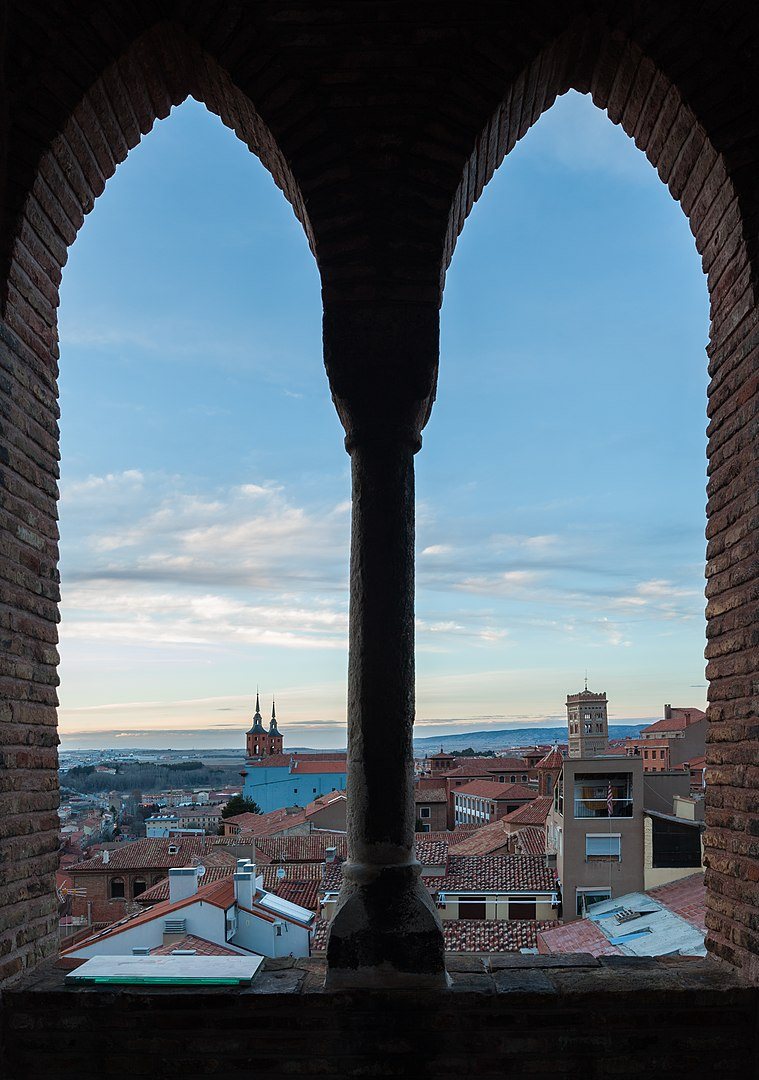
Rib Vaults
To support the taller walls and expansive windows made possible by the pointed arch, Gothic builders developed the rib vault. Unlike earlier barrel vaults where the weight pressed directly downward, rib vaults had arched diagonal ribs directing the weight outwards and downwards to pillars and columns. This allowed for much thinner, taller walls and larger windows. The pillars and columns supporting the vaults evolved from massive, drum-like supports to clusters of slender colonettes.
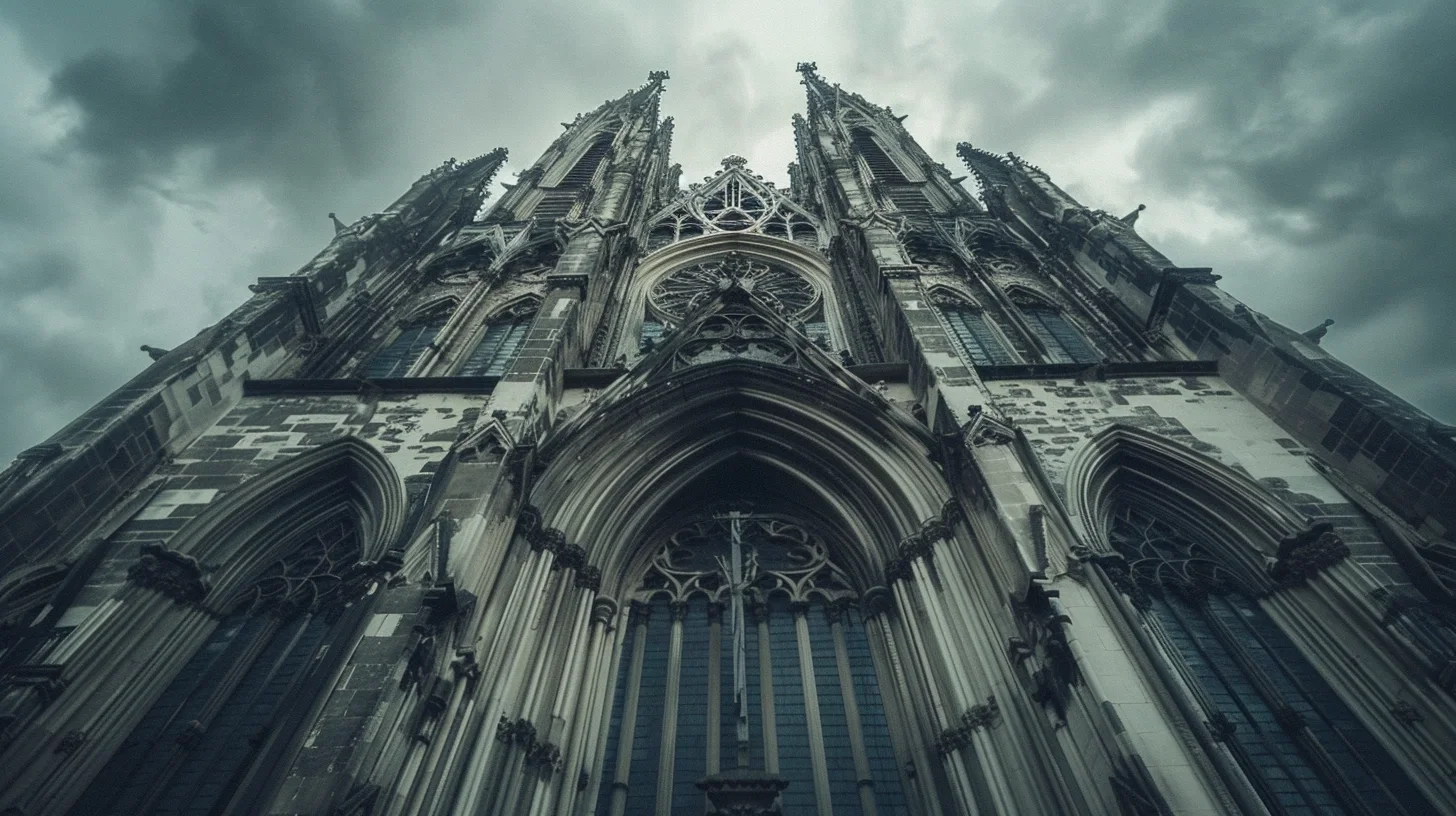
Flying Buttresses
The outward thrust of the rib vaults was counterbalanced by another key feature – the flying buttress. These half-arches reached from the exterior walls to piers of stone, which were often topped with ornate pinnacles. In essence, flying buttresses made it possible to construct taller buildings with thinner walls and more windows, giving Gothic-style architecture its distinctively light and skeletal appearance when compared to the heavy, thick walls of Romanesque buildings.
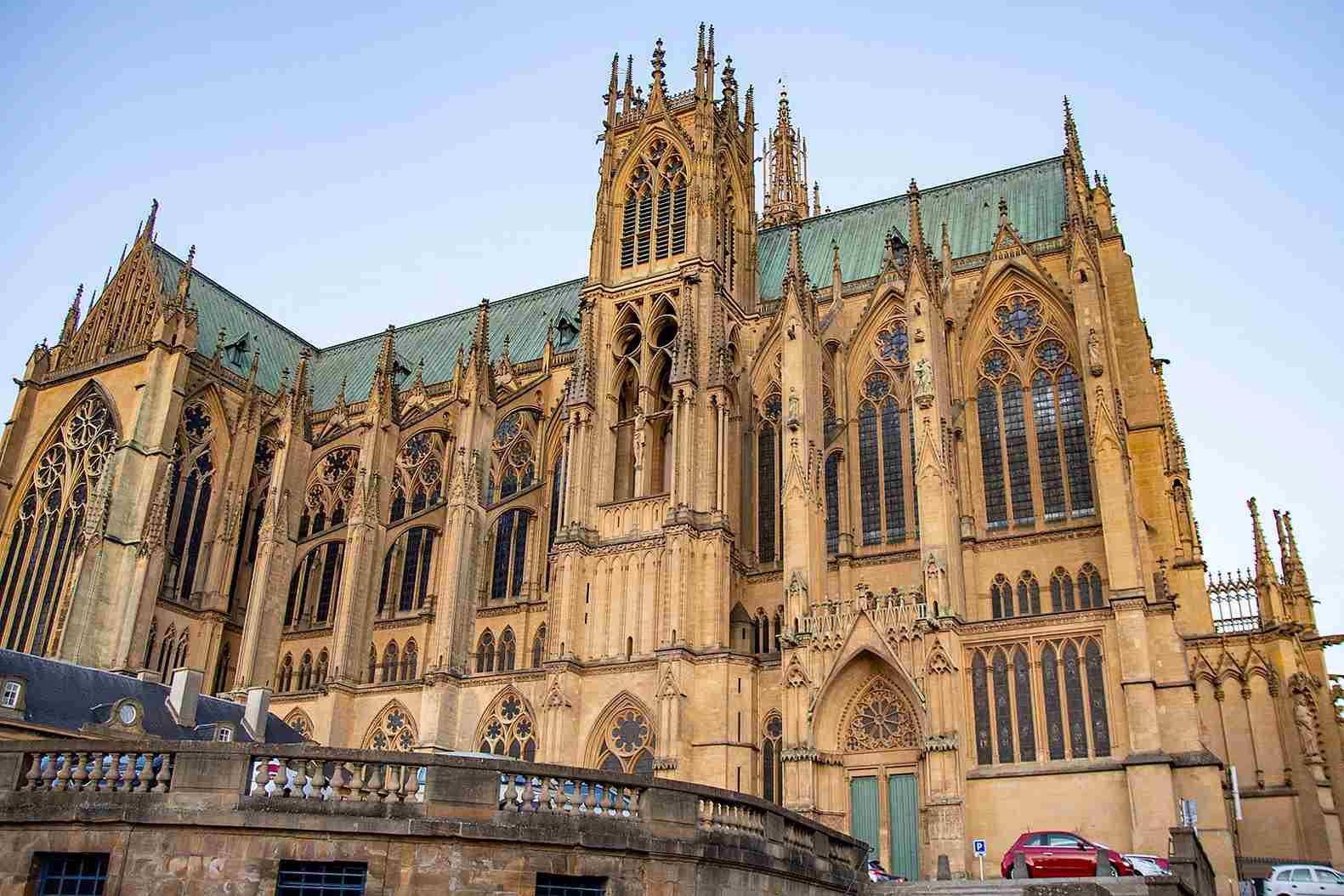
The Evolution of Gothic Architecture
Gothic architecture did not emerge fully formed but rather developed over centuries with different variations in various regions of Europe. Art historians generally divide Gothic into three phases: Early Gothic (12th century), High Gothic (13th-14th centuries), and Late Gothic (15th-16th centuries).
Early Gothic
Early Gothic, also known as the Lancet style, began in the 12th century with the rebuilding of the choir of the Abbey Church of St. Denis near Paris. The Basilica of Saint-Denis introduced several key Gothic features, including pointed arches, rib vaults, and large clerestory windows. Other notable examples of Early Gothic include Sens Cathedral and Notre-Dame de Paris, which added flying buttresses to the repertoire.
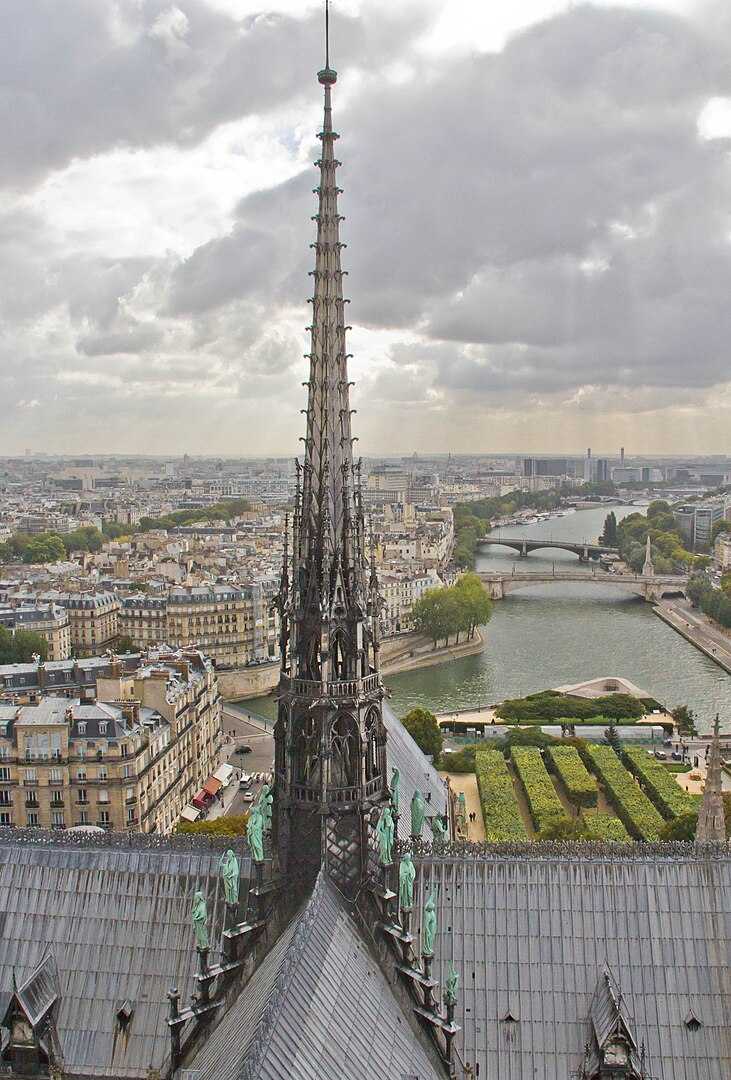
High Gothic
The 13th and 14th centuries marked the High Gothic period, characterized by increasingly tall and elaborate churches with extensive use of flying buttresses, larger clerestory windows, and intricate tracery. Chartres Cathedral, Reims Cathedral, and Amiens Cathedral in France, as well as Lincoln Cathedral and Salisbury Cathedral in England, are prime examples of High Gothic.
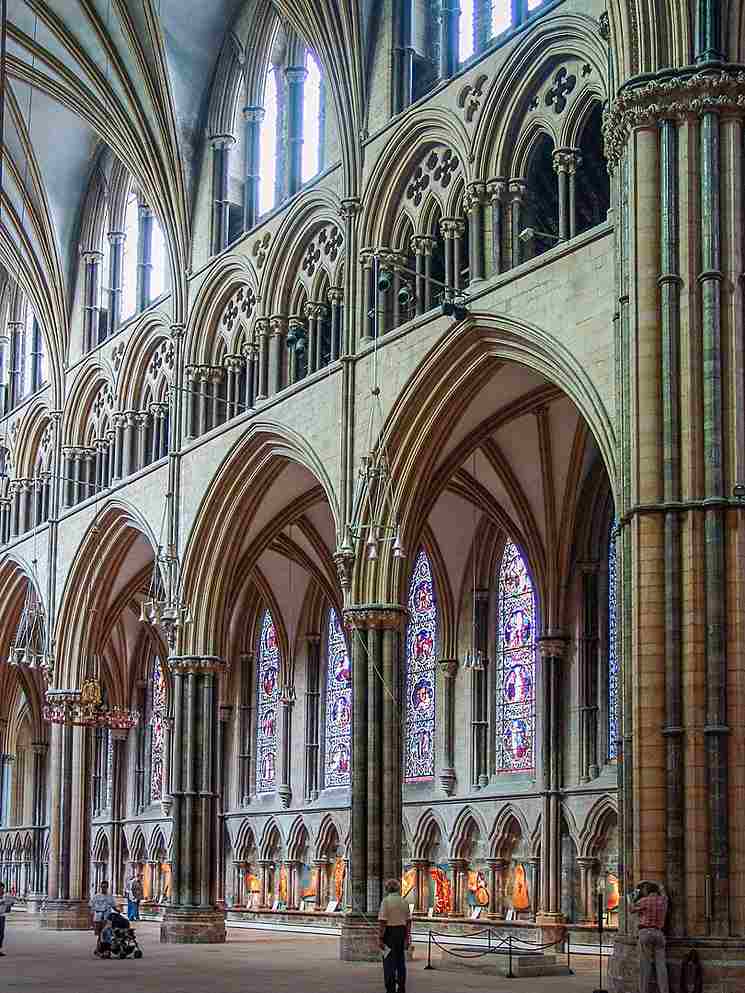
Late Gothic
In the 15th and 16th centuries, Gothic architecture became more diverse and elaborate, with regional variations like the Perpendicular style in England, the Flamboyant style in France, and the Sondergotik in Germany. Late Gothic also saw the rise of non-religious Gothic buildings such as town halls, guild halls, and universities.
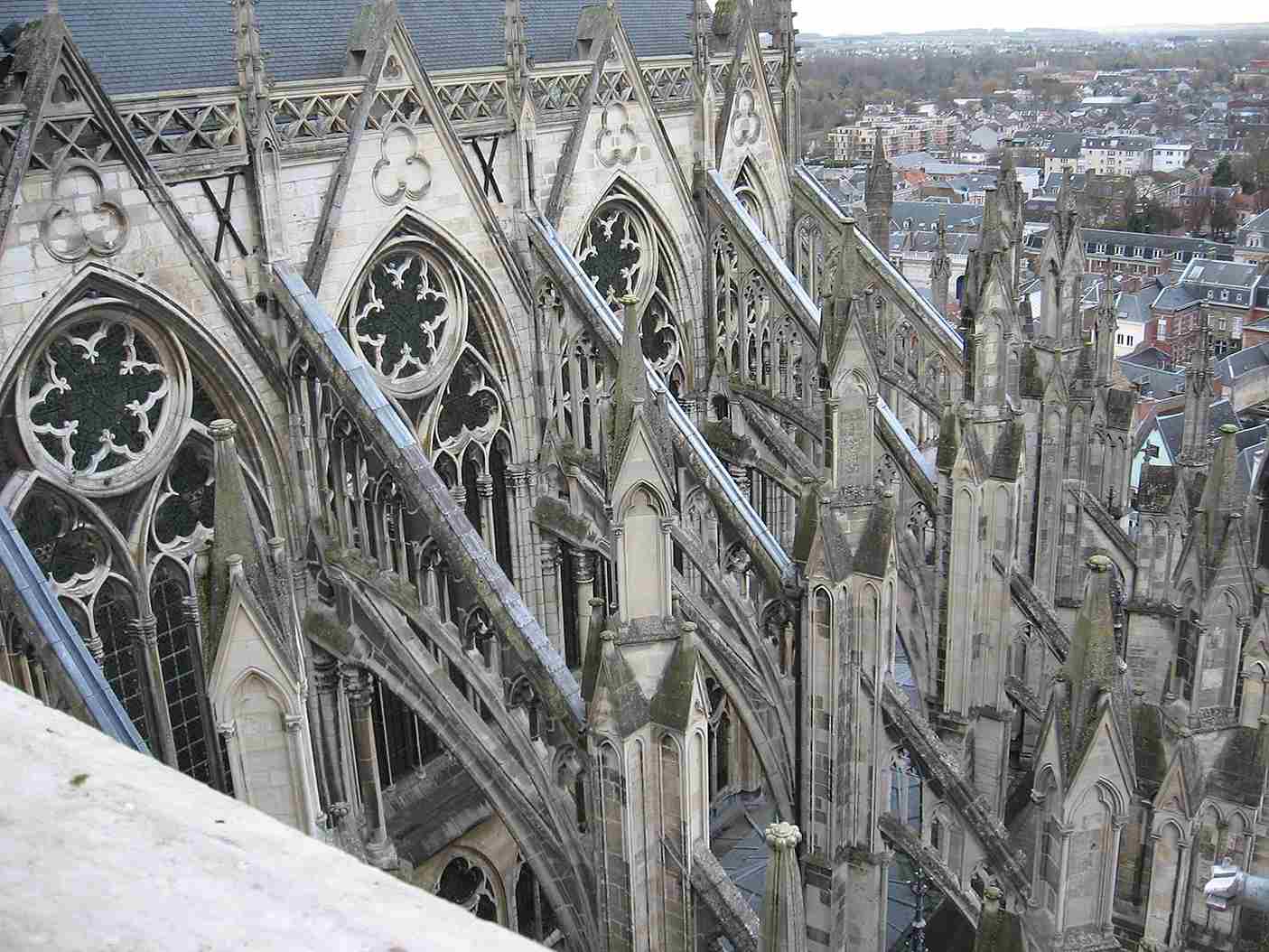
The Legacy of Gothic Architecture
Although the Gothic style gradually gave way to the Renaissance in the 16th century, its influence never entirely disappeared. Gothic architecture experienced a major revival in the 19th century, as seen in buildings like the Palace of Westminster in London and St. Patrick’s Cathedral in New York City.
Today, Gothic cathedrals like Notre-Dame de Paris and Westminster Abbey continue to awe visitors with their soaring heights, expansive windows, and intricate details. They stand as testaments to the skill and creativity of medieval craftsmen and the enduring power of Gothic architecture to inspire the human spirit.
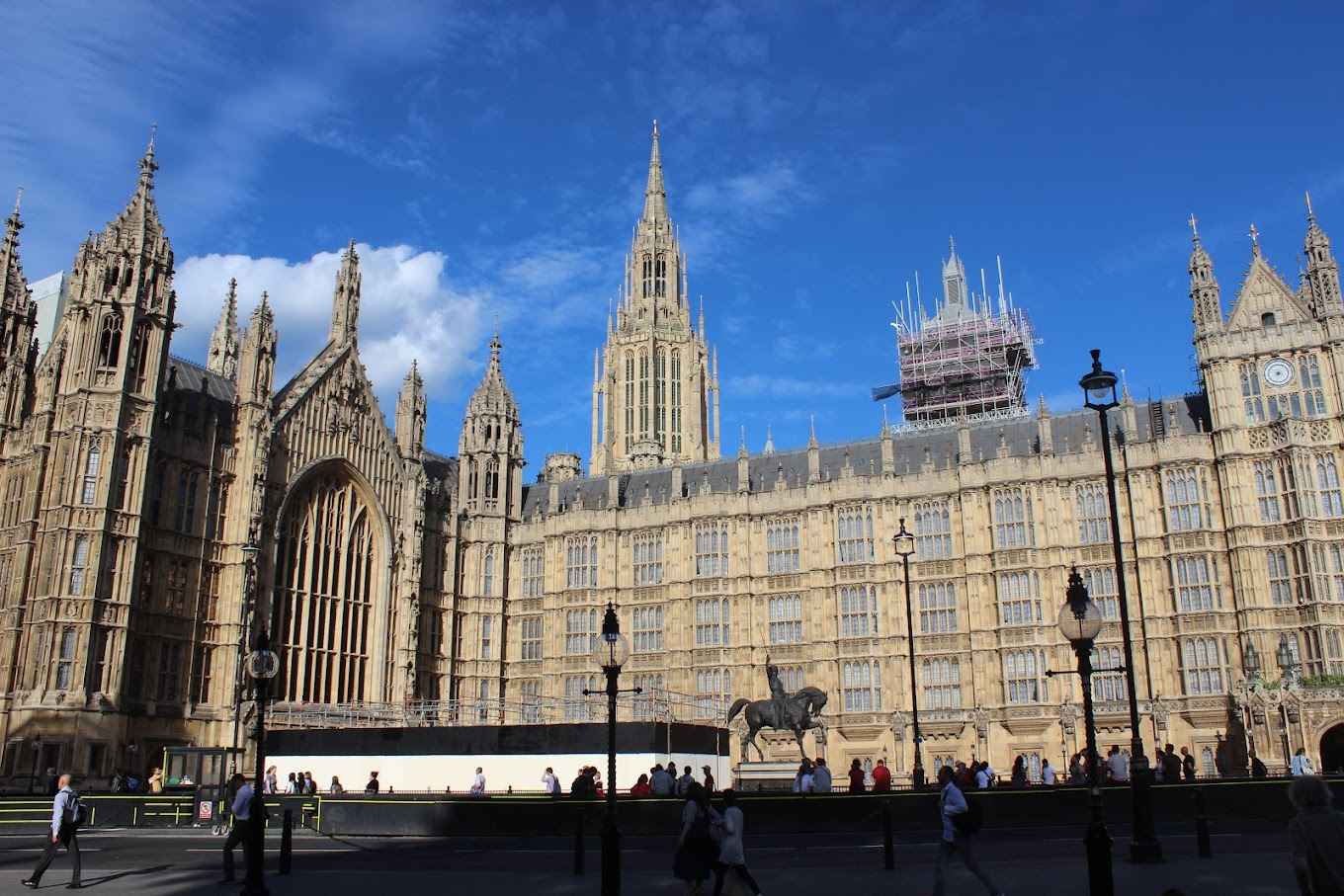
Characteristics of Gothic Architecture
Beyond the pointed arch, rib vault, and flying buttress, Gothic architecture is characterized by several distinctive features that create its unique look and feel.
Verticality and Light
One of the most striking aspects of Gothic buildings is their emphasis on verticality. Tall, narrow columns, soaring arches, and lofty ceilings draw the eye upward, creating a sense of aspiration and transcendence. Large windows filled with stained glass flood the interior with light, adding to the ethereal atmosphere.
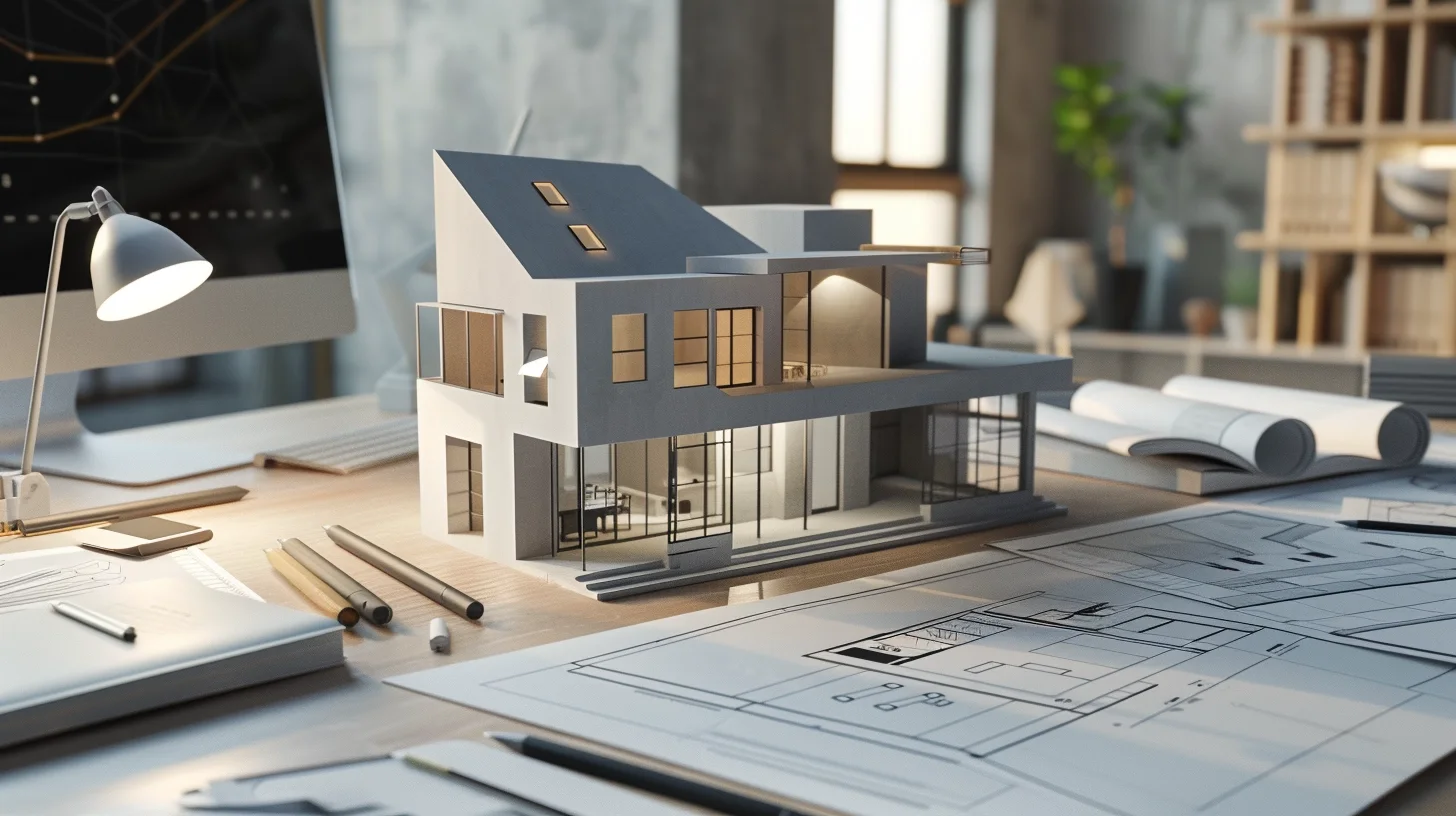
Tracery and Decoration
Gothic architects adorned their buildings with intricate stone tracery, particularly in windows and arcades. Tracery patterns evolved from simple geometric forms to elaborate curvilinear designs. Other decorative elements include pointed gables, pinnacles, crockets, and blind arcades.
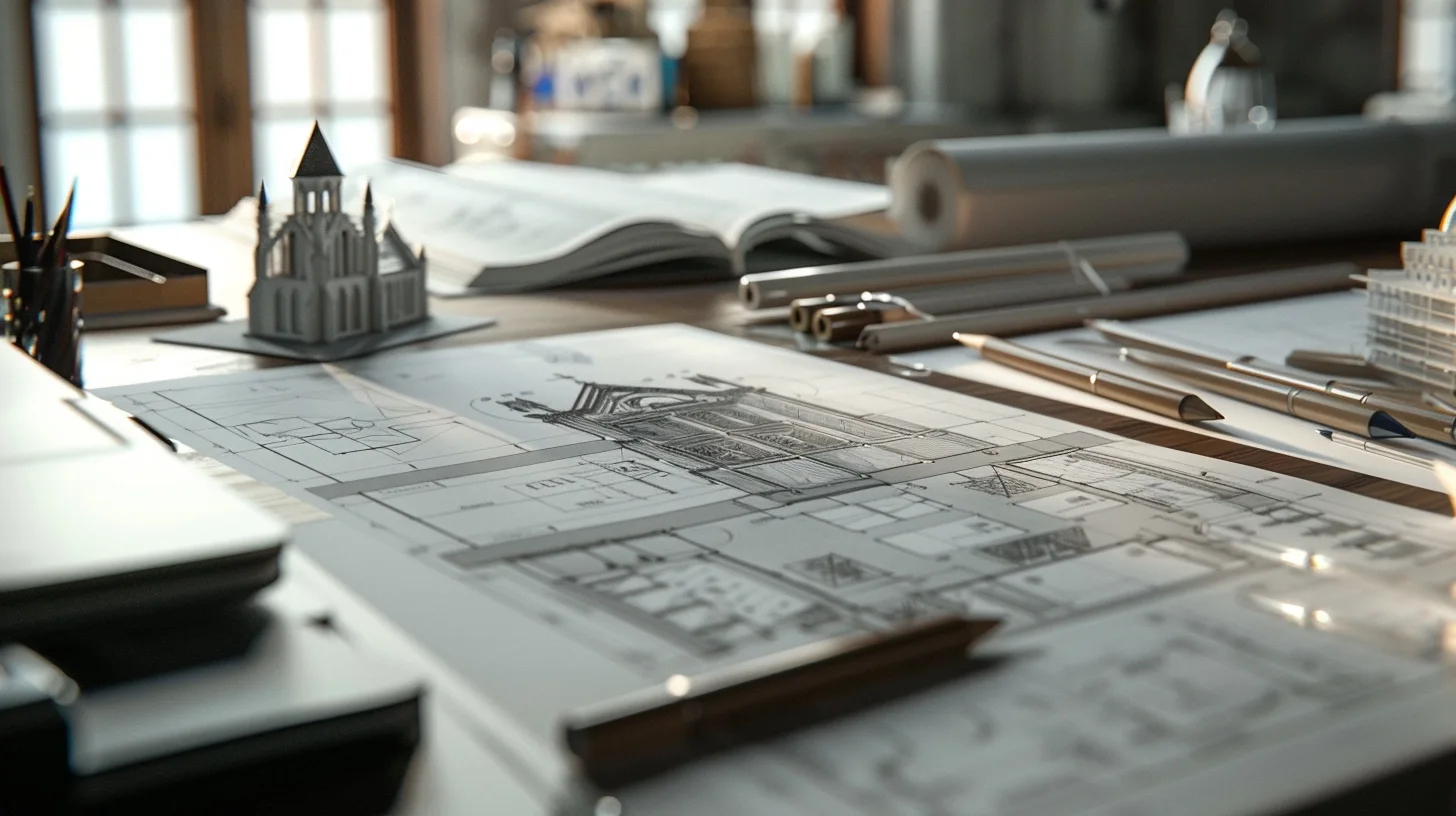
Sculptural Elements
Gothic cathedrals are often adorned with extensive sculptural decoration, particularly around portals and on facades. Common subjects include biblical figures, saints, and allegorical themes. Grotesques and gargoyles, fantastically carved creatures, serve both a decorative and functional purpose, acting as waterspouts to drain rainwater from the roof.

Experiencing Gothic Architecture Today
Visiting a Gothic cathedral or church can be an awe-inspiring experience. To fully appreciate these magnificent buildings, take the time to:
- Stand in the nave and look up at the vaulted ceiling, observing how the vertical lines draw your eye upward.
- Study the stained glass windows, noting the intricate details and how the light changes throughout the day.
- Walk around the exterior, paying attention to the flying buttresses, sculptural details, and overall sense of height.
- If possible, climb to an upper level or tower for a closer look at the architecture and a breathtaking view of the surrounding area.
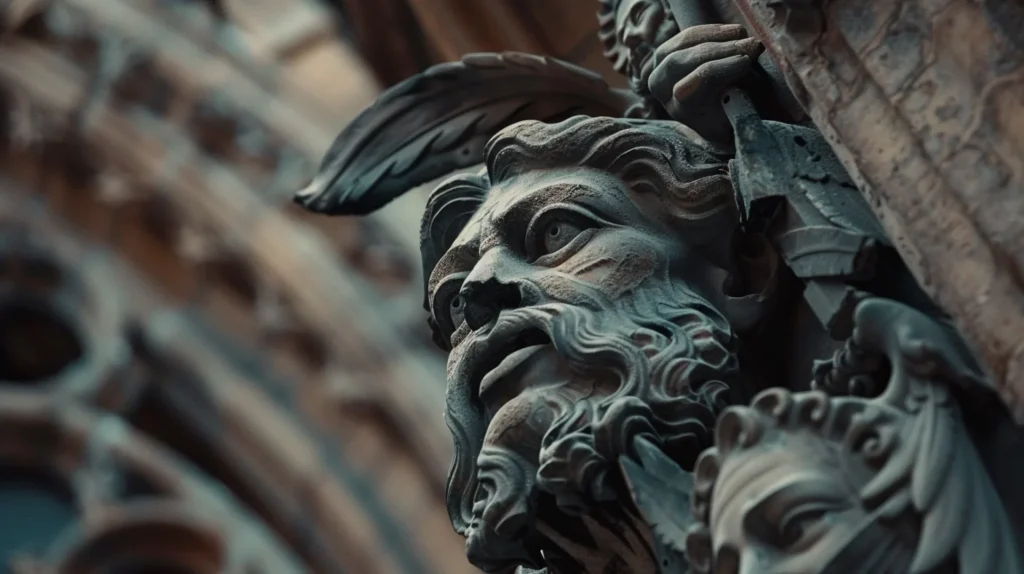
Conclusion
Gothic architecture represents a remarkable fusion of art, engineering, and spirituality. Its innovations, including the pointed arch, rib vault, and flying buttress, allowed for the construction of taller, lighter buildings with more windows, creating an ethereal atmosphere that inspires awe and reflection.
To truly appreciate Gothic architecture, one must experience it firsthand. Standing in a Gothic cathedral, surrounded by towering walls, intricate tracery, and shimmering stained glass, is a powerful reminder of the heights of human creativity and the enduring power of art and faith.
If you’re ready to bring the timeless beauty of Gothic architecture to your own project, contact Designs Boss today. Our team is ready to help you create a space that will inspire and delight for generations to come.
Latest

What Are The Most Beautiful Bridges Ever Designed

What Are the Best Architectural Designs To Date

